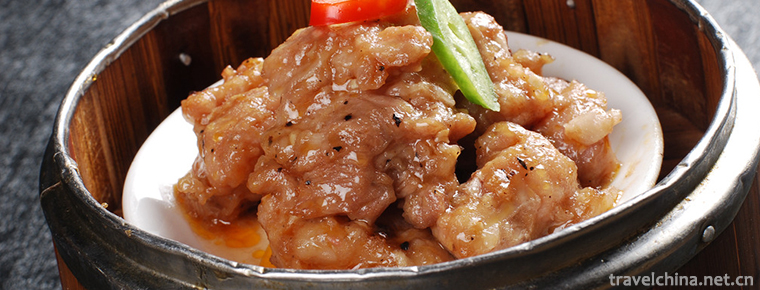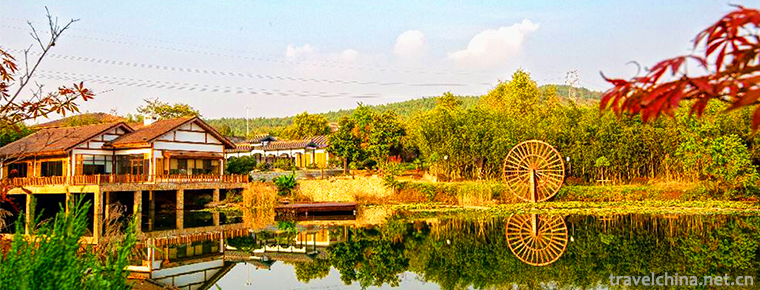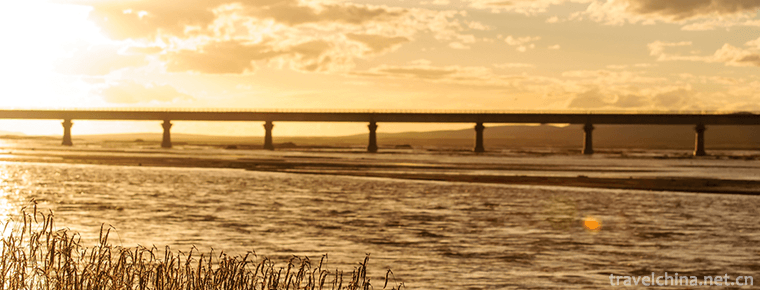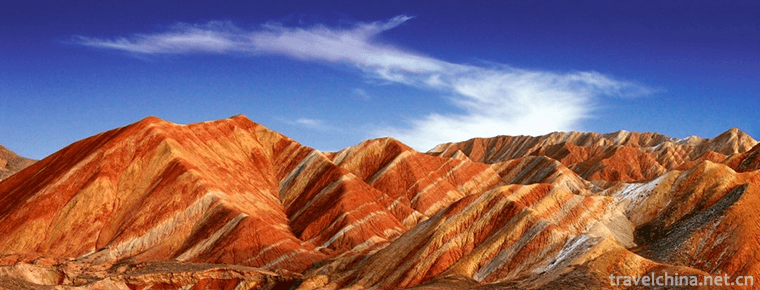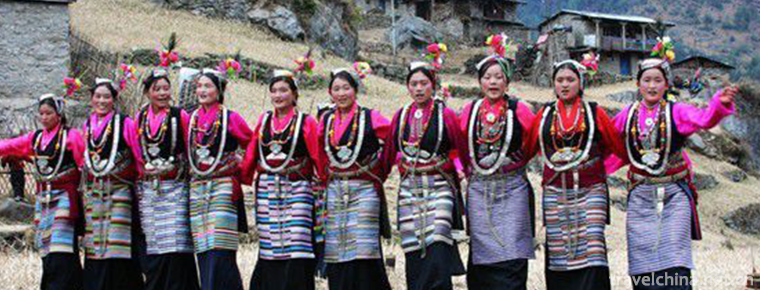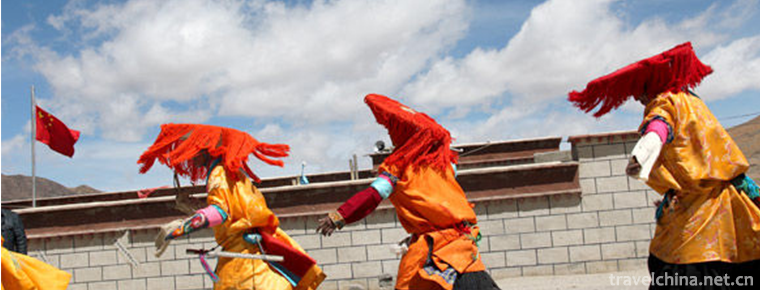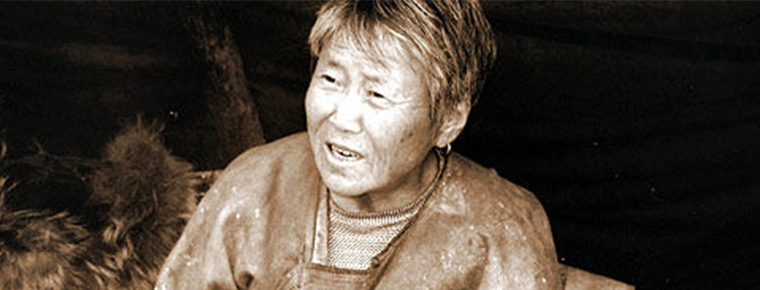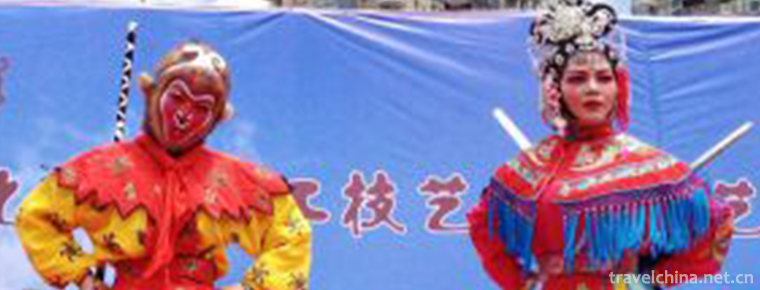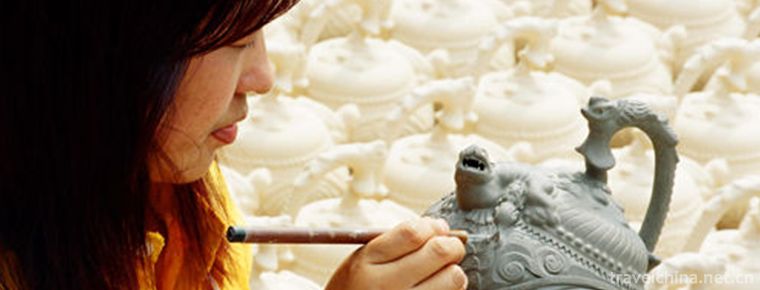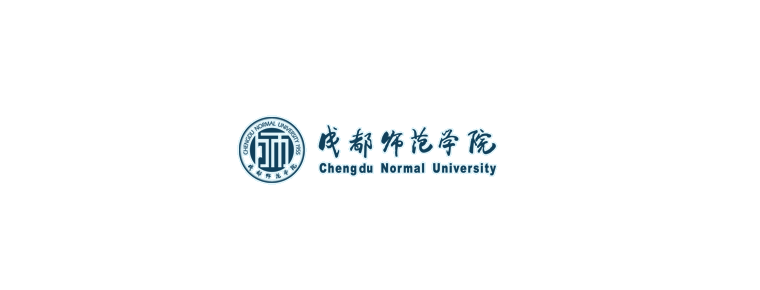angye Temple
Sangye Temple
Sangye Temple, also known as Cunxiang Temple and Wubian Temple, is located in Sangye Town, Zaburg County, Shannan District, Tibet Autonomous Region, under the Habu Mountains on the North Bank of the Yarlung Zangbo River.
Sangye Temple was built in the 8th century AD during the Tubo Dynasty. It was the first monastery in Tibet where shaved monks became monks. The architecture of the temple is laid out according to Buddhist cosmology. The central Buddhist temple has three styles: Tibetan, Han and Indian. Therefore, the Sanye Temple is also called the Three Temples. There are more than 50 monks in Sanye Temple.
In 1996, Sangye Temple was announced by the State Council of the People's Republic of China as one of the fourth batch of key cultural relics protection units in China. In 2007, Sangye Temple was rated as a national AAAA-level tourist attraction.
Historical evolution
The full name of Sangye Temple is "Bezama Sangye Minjiu Lunji Baizu Lakang", and the Tibetan meaning is "auspicious red rock never ceases to become a shrine".
At the end of the eighth century, Chisongde Zandu, then a Buddhist in Zampu, invited two Indian Buddhist masters to Tibet to carry forward Buddhist Dharma and decided to build a temple for them.
According to the Records of Sangye Temple, in 762 AD, Chisong Dezan personally laid the foundation for the monastery, which lasted 12 years and was completed by 775. Because there is a legend that when it was first built, Chi Song De Zan was eager to know the scene after completion, so Lotus and Peanut transformed the illusion of the monastery from their palms. When Chi Song De Zan saw it, he could not help exclaiming "Sangye" (meaning "unexpected", "unimaginable"). Later, he named the monastery as Sangye Monastery because of the king's surprise.
After the completion of Sanye Temple, a grand opening ceremony was held. Chisong Dezan also invited monks from Tang Dynasty, India and Yutan to live in the temple and translate scriptures, and declared that all Tubo people adhered to Buddhism. Therefore, Sangye Temple is the first regular monastery in Tibet with three treasures of Buddha, Dharma and monks, and has a lofty position in the Tibetan Buddhist circle.
In the mid-ninth century, Tubo banned the spread of Buddhism, and Sangye Temple was banned. After reopening in the late 10th century, it became the central monastery of Ningma sect. During the reign of the Sakya sect, the temple was renovated and monks were sent to live in it. Since then, Ningma and Sakya sects coexisted in one temple.
After the peaceful liberation of Tibet, the Party and the people's government attached great importance to the protection of ancient buildings and cultural relics in the Sanye Temple, and allocated special funds for maintenance. In 1962, the Preparatory Committee of the Tibet Autonomous Region listed it as a key cultural relics protection unit in the whole region; on November 20, 1996, it was listed as a key cultural relics protection unit in China. In 2005, Sangye Temple was rated as a national AAAA-level tourist attraction.
Temple layout
Overall layout
The whole temple of Sangye is situated in the north and south. The plane of the temple is oval. It is laid out according to the world structure in Buddhist sutras. It looks like a long courtyard, covering an area of about 25,000 square meters. Sanye Temple was built on the basis of Odanda Bodhi Temple built by the ancient Indian Baltic Dynasty in Mogadishu. Although it was rebuilt many times by fire in later generations, the architectural pattern has always maintained the original style.
The layout of the whole temple is designed according to the structure layout of the "thousand worlds" in the Buddhist sutra, and is constructed according to the Mandala of the Tantric Sect: the Uzi Hall represents the Xumi Mountain, the world center; the four halls around the hall represent the four major continents and eight small continents in the four Aral Seas; the sun and moon halls symbolize the sun and moon halls in the universe; the temple walls symbolize the iron surrounding mountains in the world; Four red, white, green and black pagodas were built around them to subdue all evil spirits and evil spirits and prevent natural and man-made disasters. There is a gate on each side of the wall, and the east gate is the main gate.
Golden Hall
The main body of Sangye Temple is the Golden Hall (Uzren Song Lakang). Sangna Temple is a large-scale building with many pagodas. The main body of Sangna Temple is the Golden Hall (Uzren Song Lakang). It forms a huge and complete building complex with a total area of more than 25,000 square meters. The layout of the temple is designed according to the structure of the "world" imagined by Buddhism. It is generally believed that it is based on the Odanda Bodhi Temple (Flying Temple) in the place of Mogadeda in ancient India. It is also believed that the architectural form of Sanye Temple is similar to Tancheng (Mandalas) in the Tancheng (Mandalas) in the Tantra Sect of Buddhism and is modeled on the Mandalas of the Tantra Sect. Located in the center of the temple, "Wuzi" hall symbolizes the Xumishan Mountain in the center of the universe; "Wuzi" hall has one hall in each side, symbolizing four major continents; near each hall, there are two small halls, symbolizing eight continents; on both sides of the main hall, two small halls, symbolizing the sun and the moon: the four corners of the main hall are also built red, green, black and from the four towers, in order to subdue to all evil gods and evil temples and prevent natural disasters and man-made disasters. In addition, there are 108 small pagodas around the pagoda, each of which has a sherley, which symbolizes the indestructibility of Buddhism. In addition, there are some other buildings, such as Buddhist temples, monk houses, warehouses and so on. All the buildings are surrounded by an oval wall, which symbolizes the Iron Wall, with one gate on each side and the main gate on the East side.
Central main hall
The central main hall of Sanye Temple is the Uzi Hall, Zulalian: "Its foundation is thick and large, and the raw materials are still intact, just like a snail bowl full of agate." Wuzi Hall is situated in the west facing east, three floors high, with a building area of more than 6000 square meters and a unique style. The space of each floor is very high, usually between 5.5 and 6 meters, and the second and third floors are built in front of the hall with spacious balconies lower than the hall, which even if the hall gets enough light, at the same time the appearance is more magnificent and generous. Looking from a distance, the hall looks like a five-storey building with only three floors in fact. These three floors belong to different architectural styles. According to the relevant documents, the architecture of the "Uzbekistan" Hall has absorbed the structural styles of Tibet, the mainland of China and India.
The hall and corridor are full of murals of various subjects. In addition to some traditional religious paintings you can see in other temples, there are famous "Tibetan History" murals on the middle corridor of the inner wall of the Uzi Hall of Sanye Temple. The murals record the achievements of the 9th Dalai Lama from the beginning of the Tibetan people's reproduction of the ancient legendary combination of the Luoshanv and the divine monkey, until the founding of the Gelu School in Zongkaba. The murals are 92 meters long and magnificent. They are known as the "History of Painting" in Tibet. In addition, on the 1st and 2nd floors of Uzbekistan Hall, there are "Historical Records of Sanye Temple", and on the southern side of the 2nd floor, there are exquisite murals such as "Biography of Lotus and Peanut".
The bottom is Tibetan architecture, the middle is Han architecture and the upper is Indian architecture. The murals and statues on all levels are also painted and sculpted in accordance with their respective French styles. This kind of architectural style of Tibetan, Han and Indian walls is very rare in the history of architecture, so some people call Sangye Temple as "three temples". In addition, in front of the east gate of the "Uzi" Hall, there is a nine-storey Gegukang, which means to exhibit the Buddha Hall. Every year, on January 5th and May 16th of the Tibetan calendar, huge embroidered statues of Sakyamuni are hung on the high walls of Gegukang to make people pay their respects, which is called the exhibition of Buddha. During the Cultural Revolution, the top six floors were demolished, and only three floors remain.
Hall of urce
Wuze Hall (Uzren Song Lakang), also known as the Dojid Hall, is the largest and magnificent building in the temple, with a total area of about 8900 square meters. The hall sits West to east. It looks like it has five floors. There are only three floors inside. The height of each floor is between 5.5 meters and 6 meters. The bottom of the temple is Tibetan architecture, the middle is Chinese architecture, and the upper is Indian style. The temple is designed and constructed by craftsmen from three places respectively. Therefore, some people call the temple "Three Temples".
Outside the hall, there is a one-week corridor with three gates: east, South and north. There is a building on the roof of the East Gate building with a huge "fresh cloth" hanging under the eaves. The wall around the door is decorated with a relief symbolizing auspiciousness and wealth called "Zasita Knot". The entrance corridor is connected with the left and right corridors. There are two rows of columns under the corridor. The corridor walls are painted with exquisite murals.
The bottom floor of the hall is divided into two parts, the former is the Sutra Hall and the latter is the Buddhist Hall. There are seven broad-faced scriptures and four deep-seated scriptures. On both sides, there are separate images of the pioneers of Tibetan Buddhism, "Seven Pregenerations". The temple is surrounded by murals of thousands of Buddhas. In the temple, a statue of Sakyamuni, carved from a huge stone, is 3.9 metres high. It is said that it has existed since the beginning of the construction of the temple. On each side of the statue are five statues of Bodhisattva and one statue of Dharma Protector, which are newly constructed.
There are Buddhist Hall and Dalai Lama's Dormitory on the middle floor, which is a classical hall building of the Han nationality. There are famous "Tibetan History" murals on its corridors, which describe the history from the ancient legend of the combination of the Luoshannv and the divine monkey to the reign of the Ninth Dalai Lama. Inside the hall are the statues of Master Lotus and Peanut and the bronze statues of Sakyamuni and the Infinite Light Buddha.
In the upper hall, there are two rows of homograph pillars. The central part is for the Buddha of the Great Sun. On both sides are eight Bodhisattvas and many statues of the Buddha of joy, which are shaped according to the shape of the Indians. The top of the temple is the top of a golden throne, with three eaves in the middle and four corners in the single eaves. It is also an Indian style. In addition, there is a nine-storey exhibition hall in front of the East Gate of the Wuze Hall. Whenever the Tibetan calendar is sunning Buddha Festival, a huge embroidered image of Sakyamuni is hung on the high wall. During the Cultural Revolution, however, the upper six floors of the Hall were demolished, so only three floors remain.
On the south side of the East Gate, there are square pillar stone tablets standing in the period of Chisong Dezan, with simple style and no decorative patterns. This is the famous Monument of Sangye Xing Buddha Securities Inspection. The inscriptions are all ancient Tibetan. The content is the pledge made by Chisong Dezan in 779 A.D. to support Sangye Temple. In the porch of the hall, there is also a big bell cast by Princess Chisong Dezan and Prince Chi Desong Zan, which is the first copper bell cast in Tibet. The bell body is engraved with Tibetan inscriptions, which eulogize the deeds of Chisongde in praising Buddhism and Dharma.
Tourist guide
geographical position
Sangye Temple is located in Sangye Town, Zaburg County, Shannan District, Tibet Autonomous Region, under the Hab Mountain on the North Bank of the Yarlung Zangbo River.
Within the circular "Tieweishan" wall of Sanye Temple is the earthly world where all living beings live. Many pagodas can be visited at will. The only place to sell tickets is the "World Center" Yiwuce Hall.
Ticket price: 40 yuan per person
Visit time: 2-3 hours
Visitor Route
Take a hitchhike from Lhasa to Zedang and get off at Sanye Ferry. It takes three hours. It can also take a bus from Zedang to Sanye Ferry, which is about 30 kilometers away from Zedang. After getting off the train, take a motor boat to cross the Yarlung Zangbo River. After landing, you can take a truck to the door of Sanye Temple. The boatmen and drivers here sometimes ask for more money. Before boarding and boarding, they should ask for the fees. When leaving, you can turn back to Sanye Ferry on the same road and wait for a free ride and a long-distance bus to and from Lhasa or Zedang on the side of the road.
Transportation accommodation
traffic
1. It takes 3 hours for Lhasa's Western suburban passenger station to take a train to Shannan to get under the Sanye Ferry. The fare is 27 yuan per person. Ferry to the other side, 10 yuan for tourists and 3 yuan for Tibetans. Then take a truck or tractor or bus to Sanye Monastery, usually 3 yuan.
2. Every morning, Lhasa and Zedang have buses passing directly through the Zedang Bridge to the Sanye Temple compound. Lhasa's direct bus to Sanye Temple sits at Dazhao Temple Square before 8 o'clock every morning. The earliest bus is available at 6 or 7 o'clock. The fare is 50 yuan.
Sangye Temple is located at the foot of Haibu Rishen Mountain on the North Bank of Yarlung Zangbo River. From Lhasa or Zedang, get off at the Sanye Ferry, then get off from a door that says "Sanye Scenic Area" and enter the Yajiang Ferry to board the boat. Generally, they arrive by bus or China-Pakistan, and then go in with the local people who go to Sanye to Buddha. Foreign guests generally charge more. Sanye Temple can be approached by the river-crossing bridge, which is safe and fast. Those crossing the river by boat abandoned their boats and landed on the shore. The Sanye Monastery's car picked up people from the shore to the monastery.
Get accommodation
Because of the long distance, we can consider lodging in the local area. There is a small hotel in the temple. The price of the open shop varies from 15 to 40 yuan per person.
Best season
Every year in June-August, the climate is mild, warm in winter and cool in summer, so it is suitable for travelers to visit the mountains in most seasons of the year.






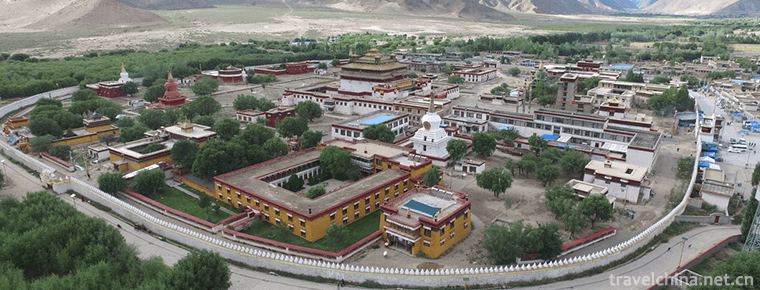
-
Black bean steamed pork ribs
Steamed pork ribs with lobster sauce is a traditional dish with color, aroma and taste. It belongs to Guangdong cuisine department. Cut the chopped pork ribs and add the marinade.
Views: 246 Time 2018-11-02 -
Tianshan Grand Canyon Scenic Area Urumqi
Tianshan Grand Canyon Scenic Area is located in Urumqi County, 48 kilometers away from the urban area. The total planned area of the scenic spot is 1038.48k.
Views: 128 Time 2018-12-12 -
Shangyao National Forest Park
Shangyao National Forest Park, located in the northeast of Huainan City, Anhui Province, has more than 30 hills and mountains with a total area of 10.4 square kilometers and a forest coverage rate.
Views: 141 Time 2018-12-19 -
Yangtze River Source of Tuotuo River
Tuotuo River: Located in Tanggula Mountain Town, Southern Region of Golmud City, Qinghai Province, it is the West source of the Yangtze River, south of the Hoh Xili Mountains. .
Views: 212 Time 2019-02-22 -
Zhangye Danxia National Geological Park
Zhangye Danxia National Geological Park is the only Danxia landform and color hilly landscape complex area in China. Located at the northern foot of Qilian Mountains, 30 kilometers south of Linze Coun.
Views: 185 Time 2019-03-16 -
Chentang Sherpa Singing and Dancing
Chen Tang Sherpa Song and Dance is a traditional folk song and dance in the Sherpa community of Tibet. Accompanied by "Zhanlie" (Six Strings) and "Biwang" (Huqin)..
Views: 119 Time 2019-04-16 -
Dan GA harmonics
Jia Hao, which means "grand singing and dancing performance" in Chinese, is a kind of collective dance, usually performed in the Tibetan New Year and major festivals every year. Men.
Views: 330 Time 2019-04-25 -
Mosukun of Oroqen Nationality
Mosukun of Oroqen nationality is Oroqen language, meaning "telling and singing stories". Most of the performances are performed by a single person without accompaniment of musical instrument.
Views: 141 Time 2019-04-28 -
Suzhou opera
On June 7, 2008, Hangzhou and Shaoxing City of Zhejiang Province jointly declared "Spring Spring Spring Spring Packing" which was approved by the State Council to be included in the second b.
Views: 389 Time 2019-06-18 -
Firing Techniques of Yaozhou Kiln Ceramics
Yaozhou kiln is a treasure of Chinese traditional ceramic technology. It was created in the Tang Dynasty and matured in the Five Dynasties. It reached its peak in the Song Dynasty and declined gradual.
Views: 172 Time 2019-07-11 -
Chengdu Normal University
Chengdu Teachers College is an undergraduate teacher's college in Sichuan Province, which is a pilot University for the overall transformation of Sichuan's comprehensive reform. The school's predecess.
Views: 319 Time 2019-08-31 -
Flag dress of Qing Dynasty
In the strong feudal ethical atmosphere of the Qing Dynasty, it is impossible for women to show their curves as modern. In the Qing Dynasty, the cutting system of flag dress always adopted straight line, and the chest, shoulder, waist and buttocks were .
Views: 64 Time 2020-12-11
